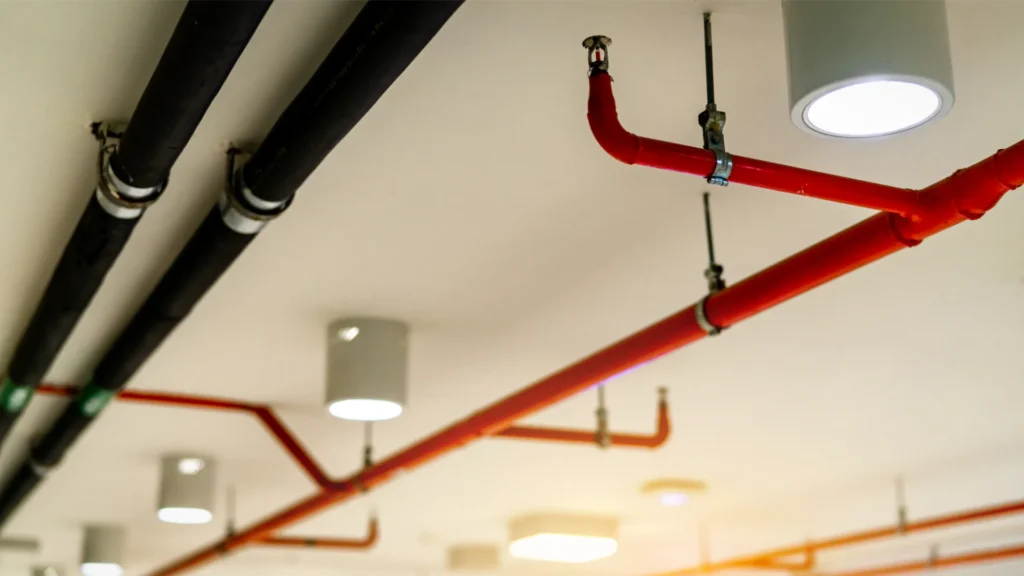Sydney fire safety goes beyond than just checking off boxes. The Annual Fire Safety Statement is the central element of the system. It is not just a way to meet the legal standards, but also displays the building owner’s commitment and dedication to security. Alongside the Fire Safety Certificate, the AFSS forms the basis of a well-organized system that assures the safety of occupants in buildings and reassures insurers. It also makes councils feel confident about the buildings of their city.
The Fire Safety Annual Statement Exists
The Annual fire safety statement Sydney requirement was never designed to be paperwork for the sake of paperwork. Fire protection systems can only be effective if they’re regularly maintained tested, certified and verified. Sprinklers put in place ten or more years ago could appear nice, but they may not be effective in a crisis when they’re not inspected.

The AFSS asks owners to prove every year that all of the fire safety equipment that include alarms, exit lighting, and hydrants remain in compliance with the standards initially set forth by the Building Code of Australia. This is more than just an inspection. It is an official declaration that lives are safeguarded and that the building is able to be able to stand up to an emergency.
The Differentialities Between AFSS and Fire Safety Certificates
Many people confuse the annual statement with Fire Safety Certificate, but their purposes differ. The certificate will be issued after a installation has been completed or major improvements are completed. It is a proof that the new measures meet regulations before a building or tenancy can be leased. The AFSS On the other hand, comes later. It’s a continuous obligation that proves the same systems are able to meet the standard every year after installation.
Together, they form a cycle of protection: certificates confirm that the safety systems have been properly installed, as annual reports verify that the safety systems have been maintained for the life of the building. If either of these steps isn’t done and the whole chain of protection could be damaged.
The responsibility of the owner of the building
One of the distinct features of the AFSS procedure in New South Wales is that it imposes the sole responsibility on the property’s owner. As opposed to other forms of compliance where deficiencies can be classified as major or minor or major, the AFSS system does not support any sort of system of hierarchy. If one step is unsuccessful the whole document is ineffective.
This means owners must take an active role. They must organize inspections, recruit qualified professionals, plan repairs, and register documents with council – all while observing strict deadlines. For commercial landlords and strata committees, this task involves coordination with tenants and contractors as well as insurers. Although it’s a bit challenging, the system was created to ensure safety would never be compromised.
The Effects of AFSS Beyond Sydney
The AFSS is more than just legal compliance. The most current fire safety statement is typically requested by tenants when they make a decision on whether or not to lease a area. Insurance companies will also require this document before finalizing the coverage. An up-to-date Annual Fire Safety Declaration can impact the value of a property, tenant trust, and even rates for insurance.
Councils can be reassured that the tens of thousands of Sydney buildings are regularly monitored. For fire authorities this means that the systems are more likely to be in operation in the event of an emergency, reducing the risk to occupants as well as firefighters. In essence it’s about the AFSS isn’t just about safeguarding individual buildings, it is also about making the city safer all around.
Conclusion: AFSS is a Standard of Trust
It may seem like a bureaucratic burden, but the Annual Fire Safety Statement Sydney is actually a trust standard. The statement demonstrates that the safety of fire isn’t a matter of chance. It shows the reliability of the equipment and also that homeowners are accountable to ensure the security of their residents. When paired with the Fire Safety Certificate, it completes a process that validates both the installation as well as the continuous performance of the critical security measures.
Property owners can learn something valuable: AFSS are more than a simple deadline. It’s a commitment to safety, accountability, and community confidence. In the fast-growing urban environment of Sydney which has thousands of residents relying on secure and efficient structures, this commitment is what makes the AFSS valuable.